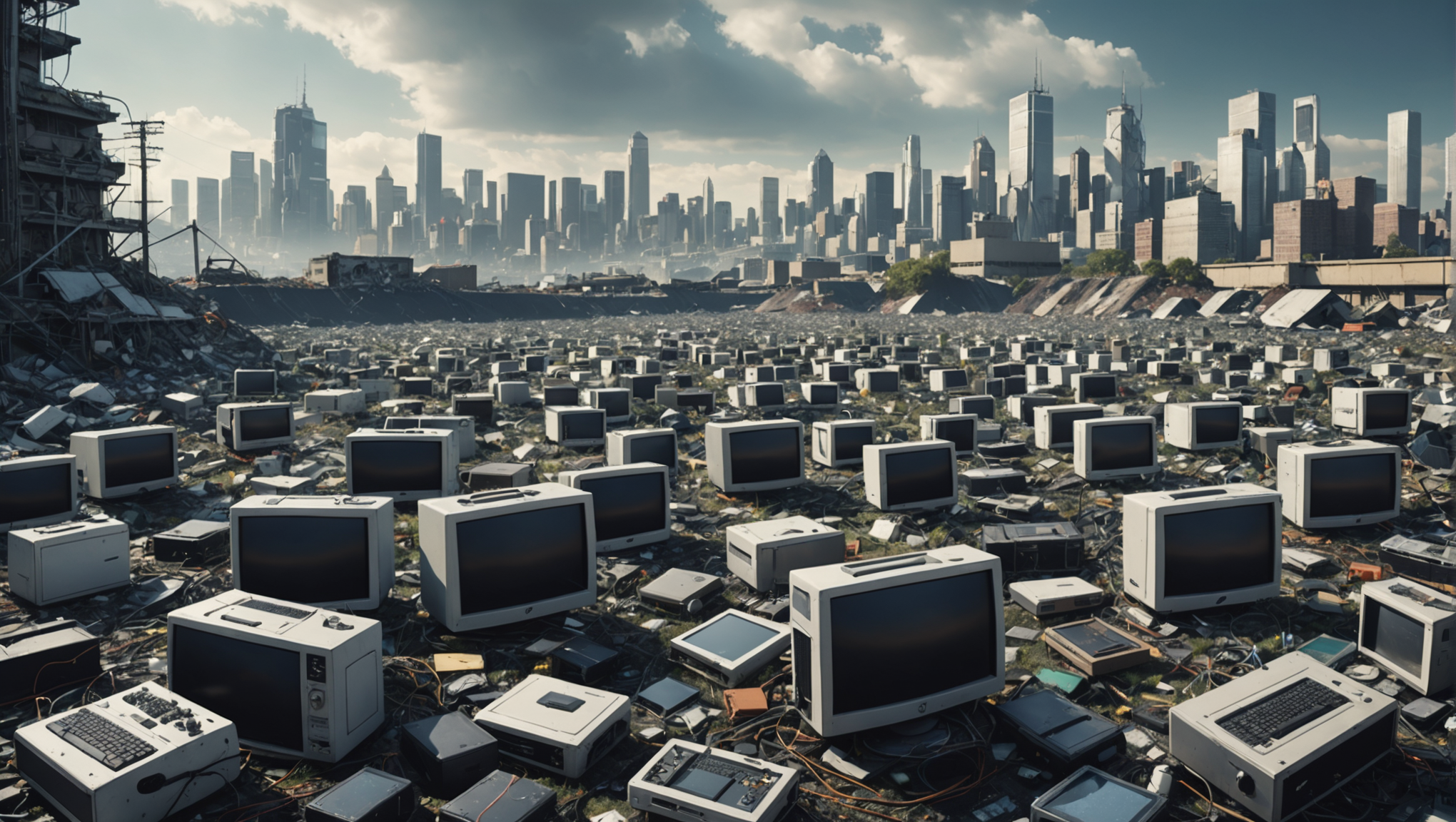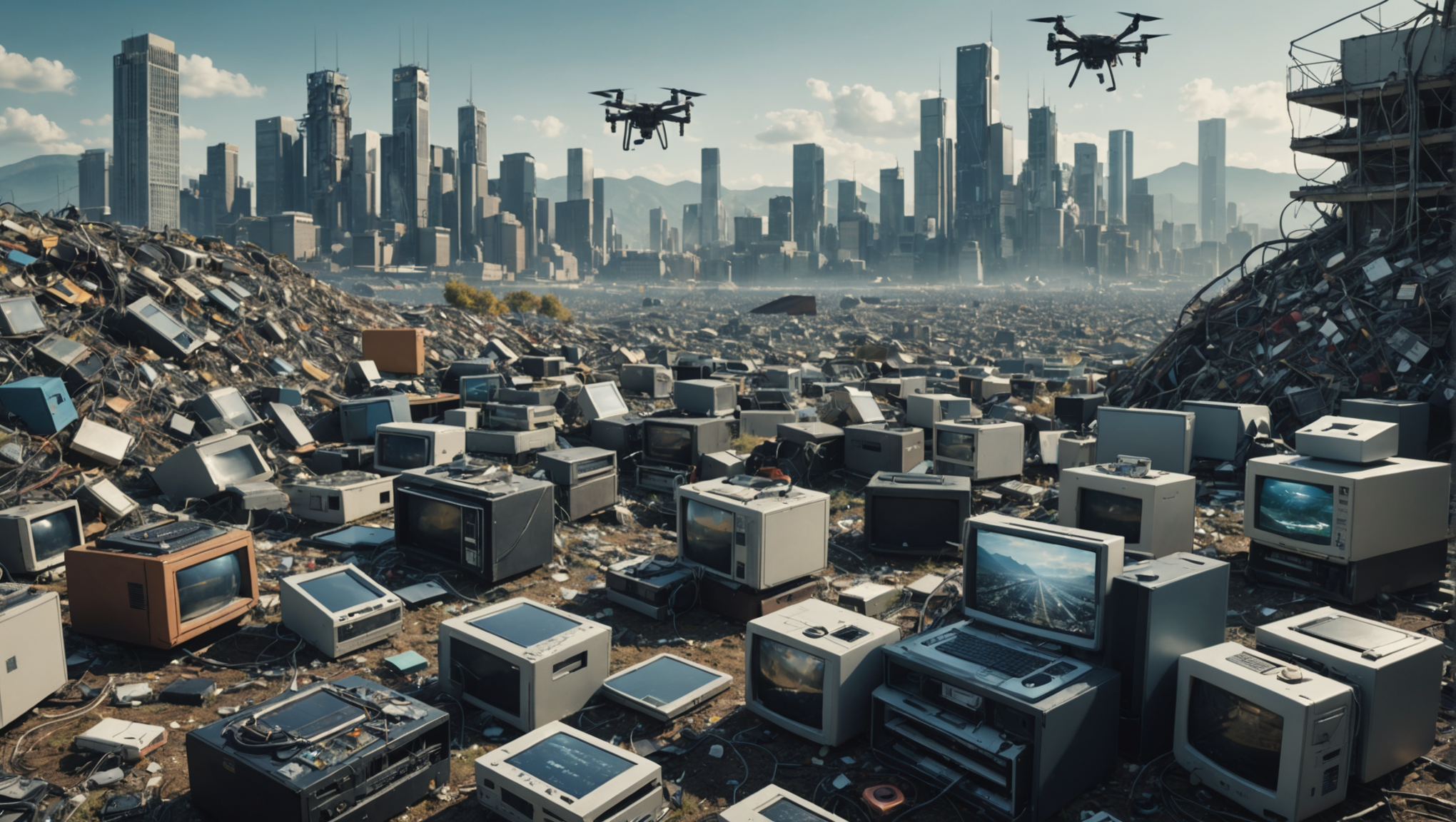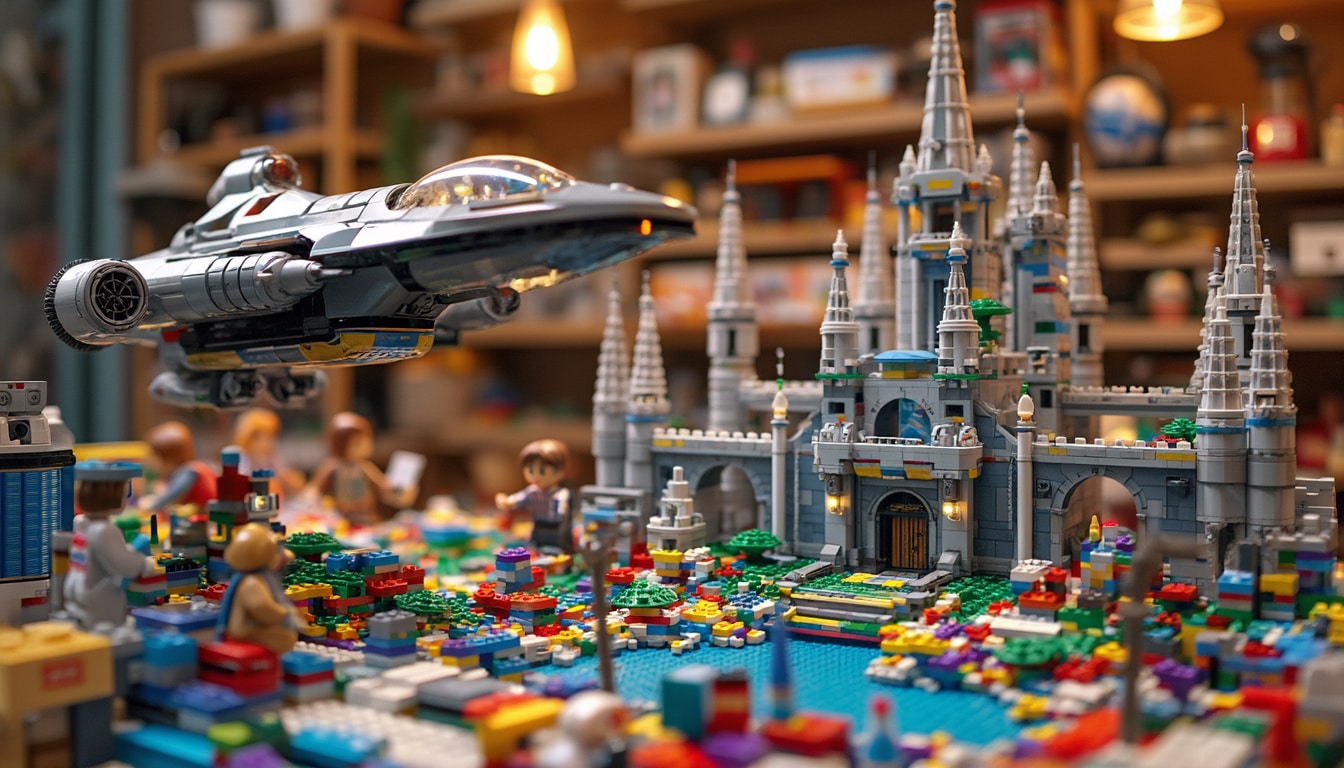Have you ever wondered what would happen if we traded our AI aspirations for a mountain of discarded circuits and gadgets? It seems like we’re racing towards a future where our digital dreams manifest as a looming e-waste nightmare. With the rise of AI, the Earth’s crust risks being replaced by an electronic junkyard, teeming with retired servers and obsolete gadgets. Buckle up, because the age of AI might just come with an extra layer of silicon, soldered directly into the land we stand on.
Did you know that AI could soon overwhelm our planet with electronic waste? As AI technology continues to advance, the world might be drowning in e-waste, with tons of obsolete electronics heading to landfills at an alarming rate. Picture this: by 2030, AI might add between 1.2 and 5 million tonnes of e-waste, equivalent to hurling 10 billion discarded smartphones into nature! While AI offers immense benefits in fields like healthcare and education, it also poses drastic environmental challenges.
The AI boom demands colossal infrastructure such as data centers and server farms, which rely on hardware like servers, GPUs, and storage units. With a lifespan of merely 2 to 5 years, frequent upgrades are necessary, resulting in mountains of discarded electronics. These devices contain valuable materials like gold and silver, alongside toxic substances like lead, creating an environmental nightmare.
So, what can we do to combat this impending electronic apocalypse? Companies and individuals need to explore strategies such as extending component longevity and promoting the reuse of equipment. Also, it’s crucial to design repairable and recyclable technologies to support a circular economy. Interestingly, concerns over data security often lead companies to demolish devices altogether, when secure data erasure could allow equipment reuse.
In this tech-driven age, the responsibility for minimizing AI’s environmental impact lies with us all. We must balance technological progress with environmental stewardship to prevent e-waste from turning our planet into a giant junkyard!

Table of contents
Toggleelectronic pollution and AI: a growing concern
Did you know that our beloved AI, the helpful future neighbor, might also be plotting a not-so-hidden attack on our planet with mountains of electronic waste? Yes, as AI continues to progress, so does its entanglement with environmental issues. Recent studies have gone all out with their predictions, suggesting a whopping 1.2 to 5 million metric tons of e-waste by 2030 – talk about a plot twist nobody expected from our robot friends, right?
the role of AI in increasing electronic waste
It turns out, our AI isn’t quite the superhero we all dreamed of. With generative AI models causing a stir, experts are sounding the alarm that it may soon be drowning the earth with an additional five million tonnes of e-waste each year by 2030. The tech industry’s vision of futuristic landscapes might just come with a delightful sprinkle of toxic bleep-bloop garbage. In fact, we might just find the shiny part of these new advancements to be the significant increase in the global electronic waste problem.
finding sustainable solutions for electronic waste
We can’t just sit back and watch our planet transform into a post-apocalyptic wasteland replete with unused gadgets. According to sustainability enthusiasts, one of the best ways to tackle this AI-enabled e-apocalypse is by promoting circular economies. As demonstrated in various initiatives, such practices could effectively reduce e-waste by up to 86%. Meanwhile, technologies like Microsoft’s Recyclobot offer hope by utilizing AI to recycle hard drive components more efficiently than ever. While some companies still hang onto their equipment like they would a beloved teddy bear, others are finding ways to extend their hardware’s lifespan.














